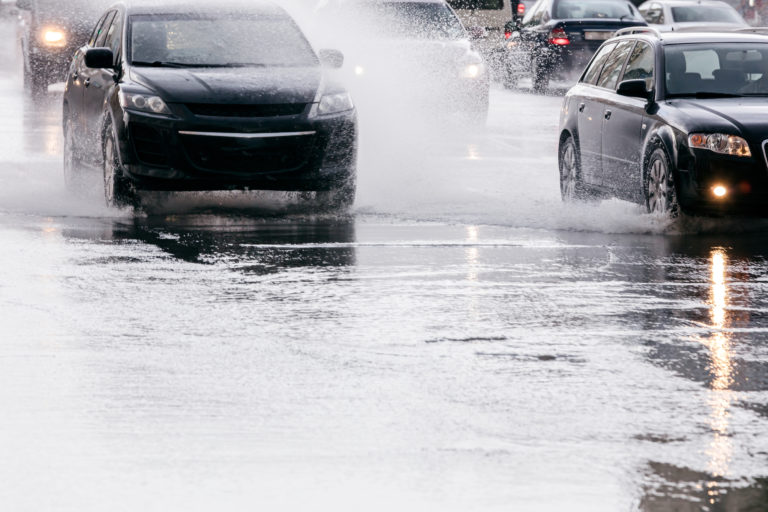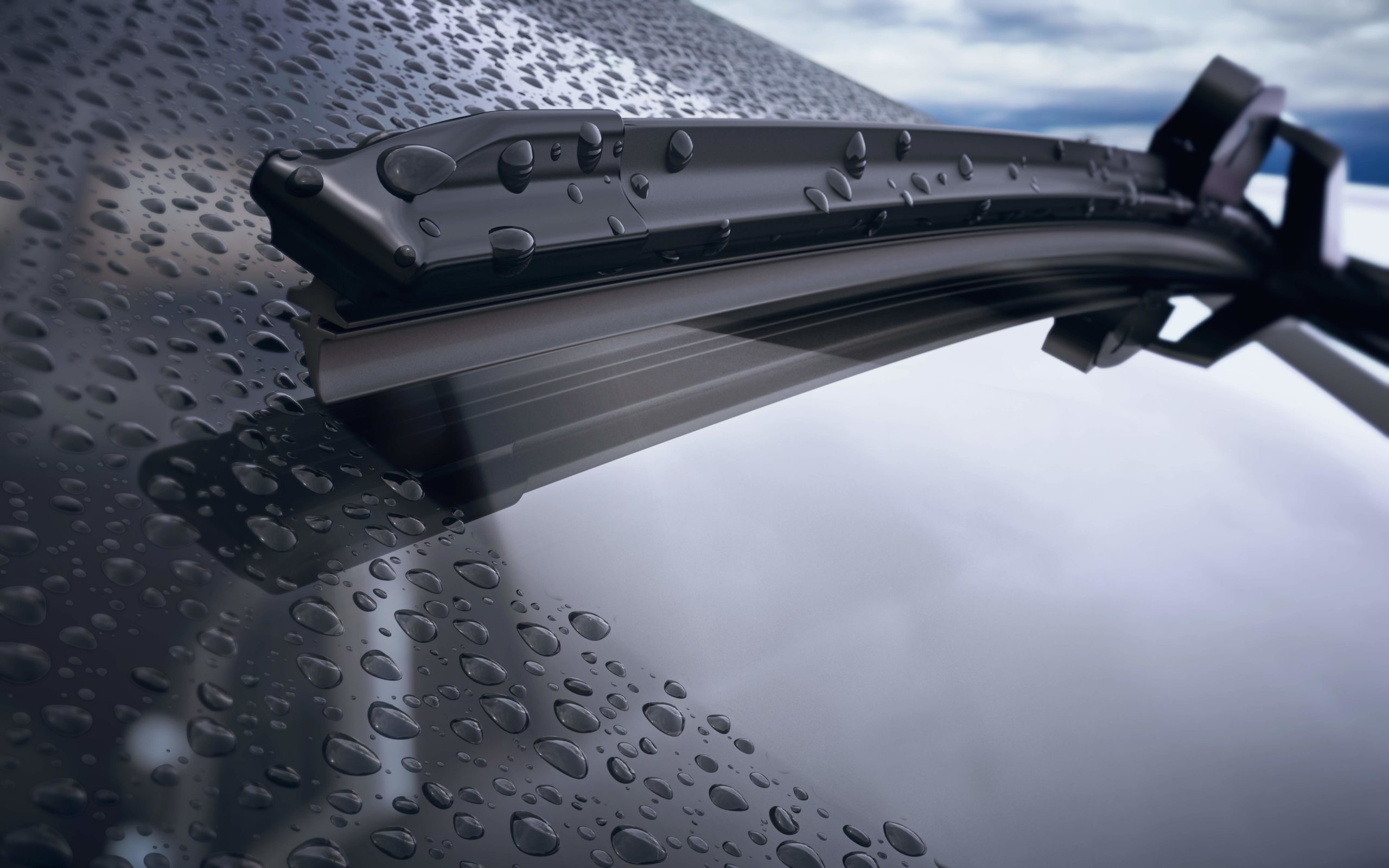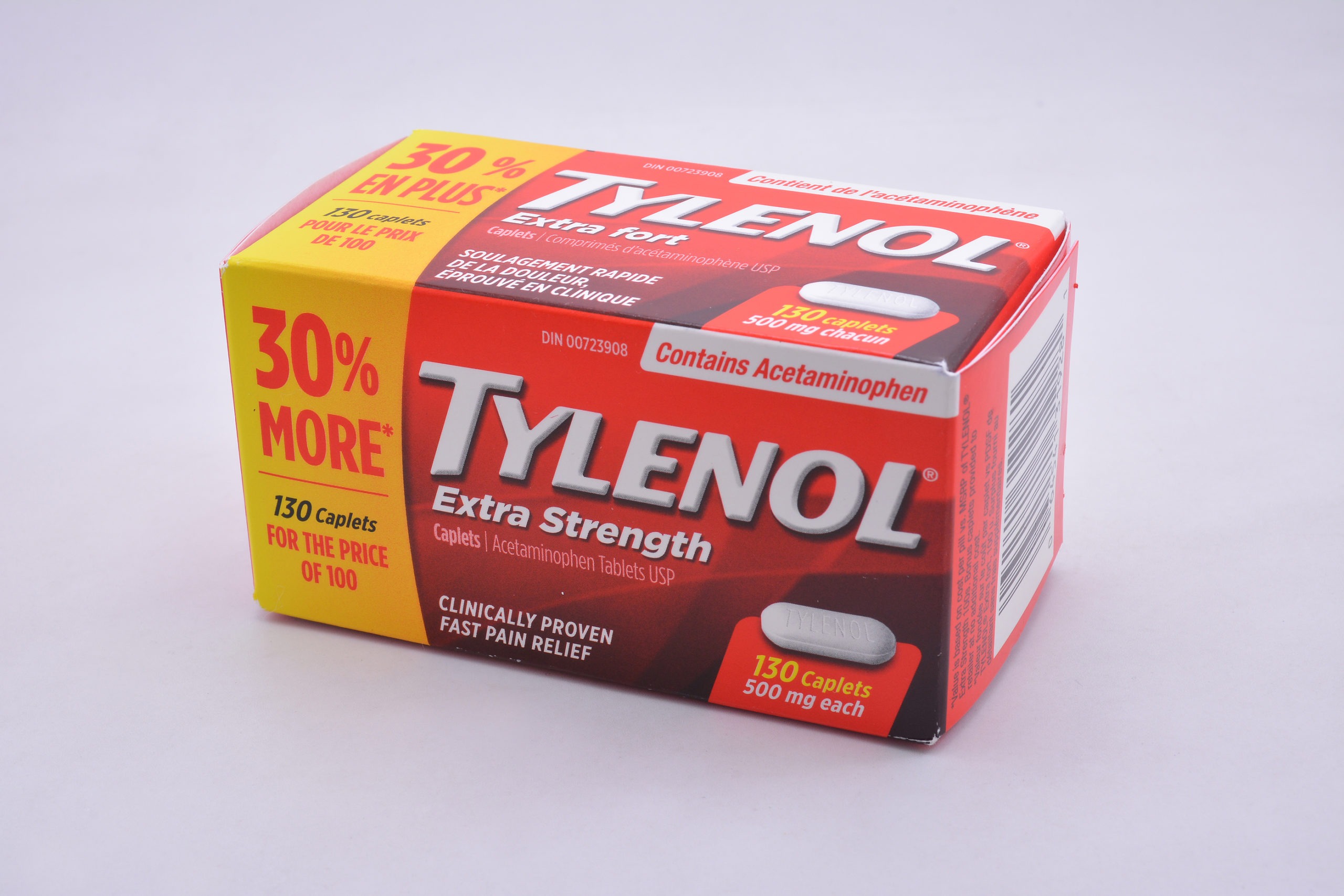Staying Safe in Bad Weather on Florida Roads
With the recent hurricane devastation in Texas, and some serious storming in Florida, it’s important to take a moment to consider the problems rain can cause for drivers. Florida is home to some of the most dangerous roads in the nation, and I’m willing to bet it has something to do with the amount of rain we get each year.
Driving in the rain, or just after a storm has poured onto the roads, can present a serious safety hazard to you, the people around you, and to everyone’s property. There are several things that a safe driver should do, or perhaps more importantly, shouldn’t do, when the roads are wet.
When to Have Your Headlights On in Florida
Your vehicle is made up of many moving parts. It’s a complex machine that has been meticulously developed over a century of trial and error. Countless hours, dollars, and even lives have been spent to ensure your vehicle carries you safely from point A to point B, regardless of the weather in between. One extremely important part of your car is your headlights/taillights. Florida Statute 316.217(1)(b) requires a driver of a motor vehicle to have their headlights (and by default, taillights) on during rain, smoke, or fog. Sometime it can be difficult to remember to turn them on, especially when it’s raining while perfectly sunny outside. We all have done it, and we have all been the person flashing their brights at the person who forgot to turn them on. But having your headlights on in a rain storm or during other inclement weather is a must for keeping yourself and everyone around you safe.
Use of Hazard Lights in Florida
Just as one statute requires certain lights to be on during a rain storm, another Florida traffic law requires certain lights to be OFF while driving in the rain. Florida Statute 316.2397 states that unless you fall within a special class of vehicle operator, the use of “flashing lights” is prohibited unless used “as a means of indicating a right or left turn, to change lanes, or to indicate that the vehicle is lawfully stopped or disabled upon the highway.” These lights are formally known as hazard lights and they’re marked by a red triangle, often on a car’s dash.
As such, when you’re crawling along I-4 in a 3 PM downpour—you know the one I’m thinking of, that 10 minute waterfall that prevents you from seeing anything besides the taillights in front of you—a flashing hazard light should only be used if and when you decide to pull over to let other traffic and the rain pass. Driving with them on distorts other drivers understanding of where your car is located, and what it is doing. Other drivers could be led to believe you are stopped, when you are not; or that you are changing lanes, when you’re not. This can cause congestion, frustration, or an accident.
Tire Safety on Florida Roads
Another critical part of the vehicle to keeping drivers safe on the road are tires. Their neatly-patterned tread aren’t just for making pretty-looking skid marks in your work’s parking lot on your last day. They have been designed and constructed, to the millimeter, to ensure maximum traction even in several inches of standing water. It’s critically important to maintain the integrity of your tires by getting them rotated for even tread-wear, checking their pressure, and replacing them when the tread gets worn out. Tires can be expensive, I know, but it’s still cheaper than your life. And don’t be afraid to tell your friends and co-workers too. Speak up! Driving on bald tires is dangerous under ideal road conditions, and it is beyond unreasonable in the rain.
Have you ever heard of the “Penny Test”? It’s an easy way to tell if it’s time to replace your tires because of worn out tread. Perform the test by placing a penny Lincoln head first into several tread grooves across your tires. If you can still see the top of Lincoln’s head when the penny bottoms out, your treads are worn and it’s time to replace them. If part or all of Lincoln’s head is covered by the tread, you have enough tread depth to keep on rolling.

Windshield Wipers on Florida Roads
Keeping with the theme of important parts of the car for safety, let’s talk about windshield wipers. I know, I know, it seems like a no-brainer, but wipers are like toothbrushes; most people don’t replace them as often as they should. In fact, drivers on Florida roads should replace their wipers every six months to a year, depending on the wiper quality and frequency of use. Since we live in Florida, the rubber strip that makes up the functional part of the wiper is blistering in the sun, causing degradation. Many people regularly clean their wipers, which is important, but far fewer replace them as often as they should.
Issues like the ones list above contribute to the negligence of an accident. It’s important to consult an experienced attorney immediately after an accident so that the evidence may be observed and preserved. Such evidence could be critical in proving in an injury case and getting you the compensation you deserve.
Rain Creates Hazards on Florida’s Already Dangerous Roads
The next aspect I want to discuss in regards to staying safe on Florida’s roads are the roads themselves. When roads are not properly designed or maintained, they may be subject to excessive flooding. Dips, potholes, or blocked sewer drains may all result in standing water much deeper than expected. This can cause your car to slow down dramatically, get stuck, stalled, or completely destroyed. Of course, driving through a large puddle like this can also cause an accident.
It’s important to always be on the look out for what I call the “pop-up pond”. This is that section of road you’re not familiar with, that has a seemingly innocent puddle creeping over a small section of roadway after a heavy storm. You drive through it, expecting a small splash, only to find out it’s much deeper than expected. Your car manages to struggle through, but the effects will last. Driving through deep water such as this can affect your brakes in the short term, or cause destructive corrosion over time. Therefore, it is important to keep a look out for these hazards and avoid them if possible. Remember to test your brakes, drive slowly through standing water, and give yourself more space to stop when driving in stormy, rainy conditions.
Hydroplaning on Florida Roads
The term hydroplaning refers to the skidding or sliding of your car’s tires across a wet surface. Hydroplaning often occurs when you drive through standing water at a relatively fast speed. As your tires hit the water, there is more water than your tread can disperse at once, This causes the tire to skid on top of the water, resulting in the tire leaving the road for a brief moment. The result is loss of steering and braking control. If it’s ever happened to you, which if you’ve lived in Florida long it probably has, it can be pretty scary.
One can avoid hydroplaning, and increase their chance of getting out safely by:
- Keeping tires properly inflated
- Rotating and replacing worn tires
- Driving slowly on wet roads
- Avoid lanes where water as accumulated
- Drive in the tracks left by the car in front of you
- Avoid cruise control, quick turns, and hard braking.
If you are ever caught hydroplaning, do not slam on your brakes. Keep the wheel and tires straight head, let off the gas, and your car will regain traction in a fraction of a second. The real danger comes in when you react in a panicked way, jerking the wheel or slamming on the brakes.
Driving in the rain is an inescapable part of every Floridian’s life. There is not much we can do about it; but there are things we can do to ensure that we stay safe and avoid an accident in these conditions. However, should someone else’s negligence result in an accident that injures you or a family member, contact the Dolman Law Group Accident Injury Lawyers, PA by emailing Jack@dolmanlaw.com or by calling our office at 727-451-6900.
Dolman Law Group Accident Injury Lawyers, PA
800 North Belcher Road
Clearwater, FL 33765
727-451-6900






